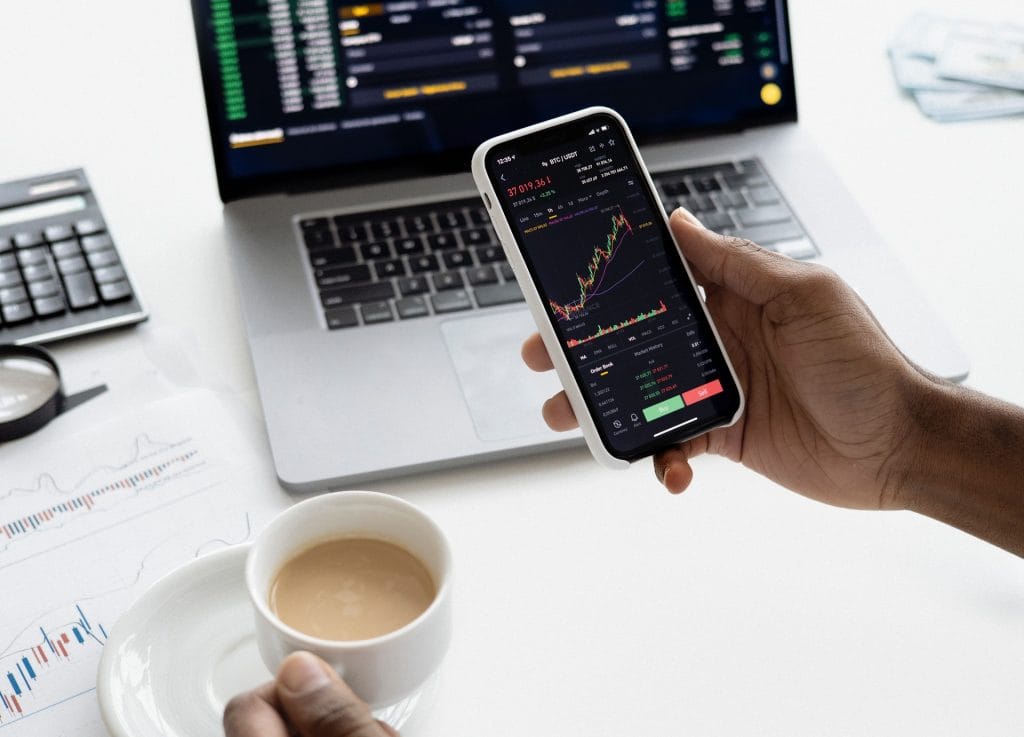The Template
This template will combine and take you through the steps we have covered in this Fundamental Series:
- How Much Do I Invest?
- Portfolio Risk Profile
- Understanding the risk of investments and;
- Building your portfolio based on risk profile
- Tracking Your Investments With Google Sheets
- When to sell and methods of selling
Find the Link below – note you will have to make a copy if you click the 2nd button. I would also strongly recommend using a real computer and not a phone (just like for all things worth doing).
All the best with your investment endeavours and reach out if you have any questions.
Future Posts
I plan to cover more areas in this area such as Cryptocurrencies, Trading Cards and Other Investments so watch this space. Below is my favourite tennis player and collector coin which is actually quite a lucrative investment!














:max_bytes(150000):strip_icc():format(webp)/DeterminingRiskandtheRiskPyramid3-1cc4e411548c431aa97ac24bea046770.png)






